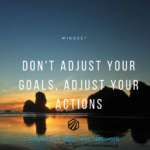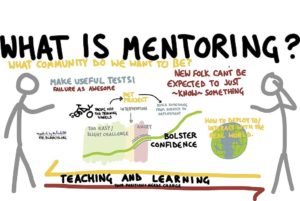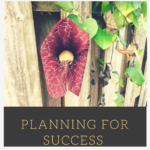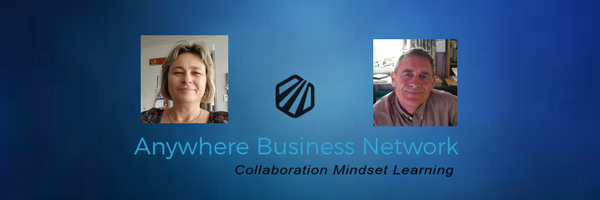The idea of “work” is changing
Then next generation are shaping the nature of work and it is not as you know it.
If you think back 10, 20, 30 years and remember what you work life was like you’d have to agree that the way you do work is different. Not only that you probably thought about work differently then because your priorities were different.
30 years ago I was starting my first job. I was sold a job that would last me my life if I wanted it. I had to decide if I wanted to work there a long time and think about all the opportunities that employer would give me. I didnt think about what I would give them. I was looking for a career and money. In those days I worked for a bank. I saw centralisation then decentalisation, restructuring, take overs by other banks and finally I took redundancy and went overseas.
I changed careers and fought my way into a new job in a new city accross the ditch. I gained heaps of experience but I didnt have kids and I had a good income so I wasnt thinking beyond starting a family. After my family I was faced with another career change to work around my growing family. I didnt want to work full time anymore but employers dont get it. They dont have structures for working parents….I know there are some companies that do but I didnt work there. I couldnt understand why more companies didnt see the value I had to offer….just part time. I had to change again.
My definition of work has changed over the years and I am sure yours has too. Like me you may have changed jobs and careers many times already. Well I hate to tell you this but the idea of what work is and how it is presented is changing all the time. The sooner you get your head round it the better.
What did I do? I opened up a business working for myself. I now have 3 businesses, all working from home and the first biggest thing that I had to get used to was budgeting. These days I still hate the numbers stuff so I leave it to my accountant most of the time. I love being social though so I have upskilled on my social media marketing skills. I am reaching more people than ever before and learning and collaborating with poeple to change the way I work all the time. It takes work on your mindset too in order to roll with the punches. Be flexible and learn to keep ahead of the game. What is it you really want to do? Maybe it is time you called the shots and ran your own business? Running your own business could be offering a service. Packaging your skills up and selling them to businesses on contract. Maybe you have a hobby you want to start making money from.
Sounds like you need to change your mindset, find out more about what is possible and seek some advice or join a community to see what others are doing.
Need help?
We specialise in helping businesses succeed. Check out all the great blogs we have written. Check out our website www.anywherebusines.co.nz and see who we are and how we can help you. Heaps of free stuff.
Kerri Bainbridge
One half of the Anywhere Team NZ









